
It all began on July 5, 1943. At the other end of the world, the United States was involved in a bitter war against the Axis forces. The Axis forces wanted to control Europe and the Pacific, while the Allies fought for peace. The Nazi’s had begin their last offensive against Kursk, and the Australian and U.S. Army forces under General MacArthur were struggling to fight back the Japanese at Buna in New Guinea.
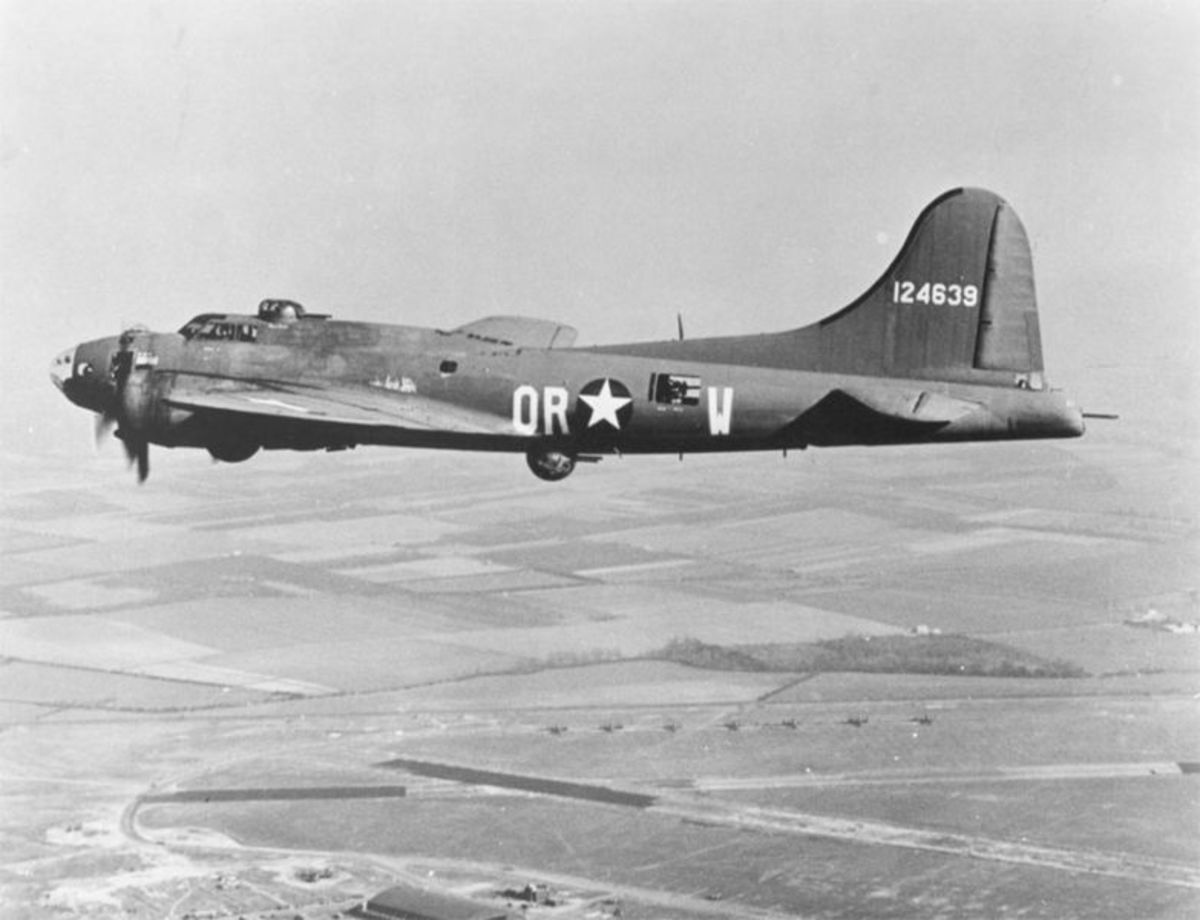
While the citizens of Boise City followed the news closely, pilots at Dalhart Army Air Base in Texas were preparing four B-17 bombers for a practice run. The nighttime training mission was to begin a few hours after dark. The navigator was supposed to lead the flight group from Dalhart base to drop bombs in a range near Conlen, Texas. The target was a small square area, lit by four lights at each corner. It was supposed to be a simple mission, but somehow, something went horribly wrong.
Late in the evening, the training mission began as scheduled. The young navigator felt confident in his abilities, and the pilots were well prepared. The roar of the B-17’s engines was deafening as they took to the sky. Everyone expected the training mission would be a success.
Thirty miles to the north, most of the 1,200 residents of Boise City had already gone to bed. Most of the lights of the small town had been shut off, with an exception of the lights that surrounded the courthouse square. The small city seemed deserted, except for a small café and a few young couples walking home after leaving the local movie theater. At the café, several truck drivers calmly chatted with one another while eating their midnight dinners.
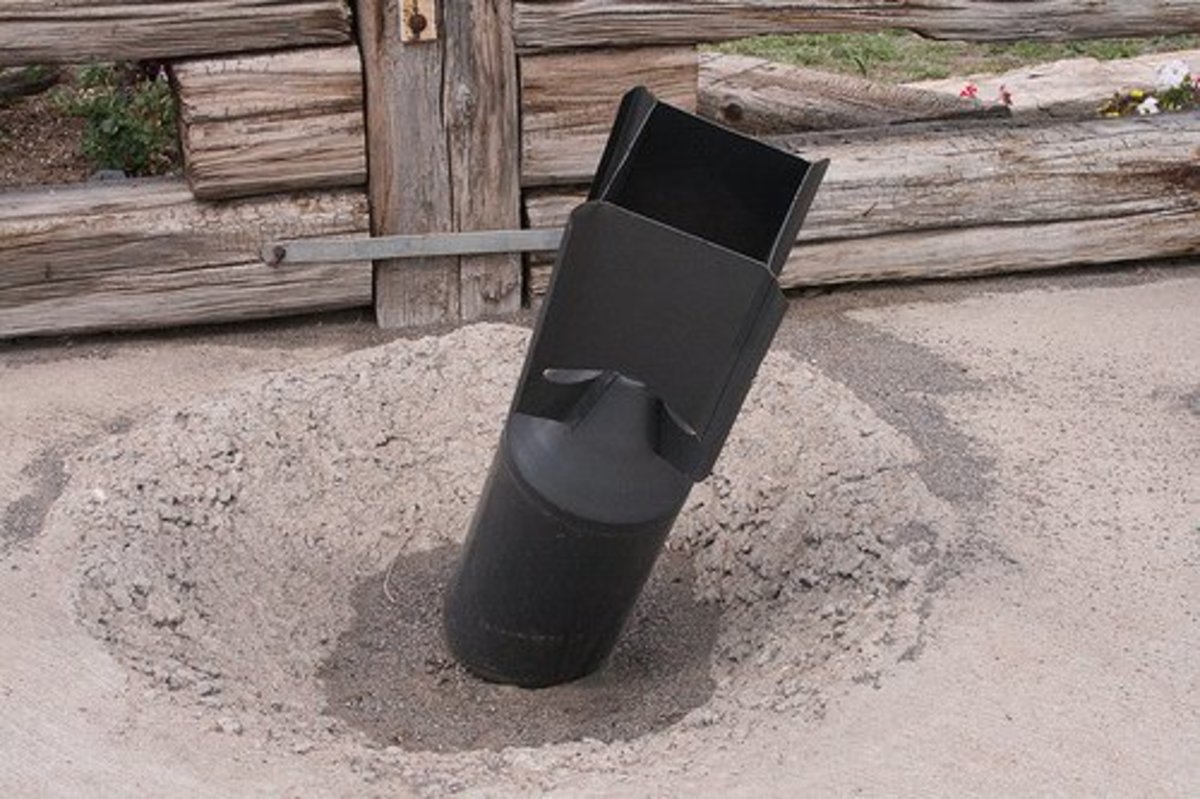
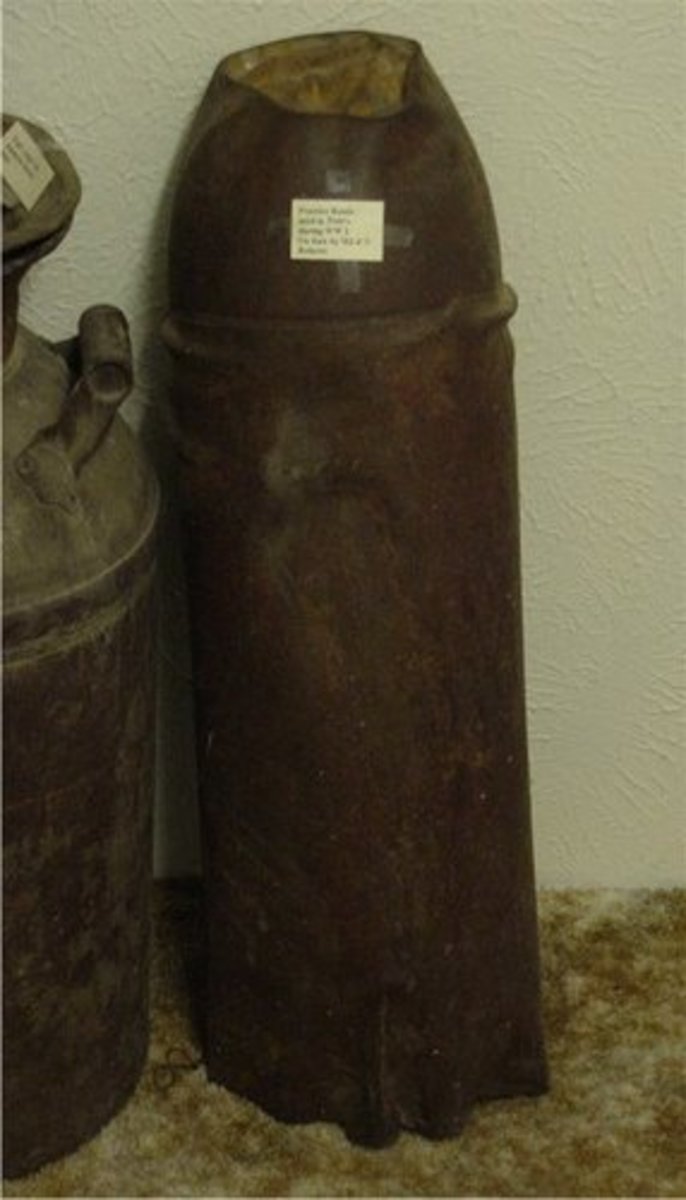
It was just after midnight when all hell broke loose in this sleepy little town. The explosions weren’t particularly loud, but they were loud enough to wake most, if not all, of the 1,200 people in Boise City.
The air raid continued for thirty long minutes as the townspeople rushed for cover. The first bomb thundered through the roof of a garage and exploded, digging a four-foot deep hole in the floor. The B-17 made another pass and dropped a second bomb that struck the white framed Baptist church, exploding beside the building and breaking out several windows. The crater was three feet deep.
The driver of a munitions truck parked on the square quickly dropped everything and rushed from the café, rapidly driving his rig away.
After the first bomb fell, the town’s air warning office, John Adkins, phoned the FBI in Oklahoma and sent the Adjutant General a cool wire: “Boise City bombed one A.M. Baptist Church, garage hit.”
The third bomb struck between the sidewalk and curb in front of the Style Shoppe Building, just a few feet away from where the driver of a gasoline tanker was rushing to get out of the city.
The fourth bomb also came close to striking a parked fuel transport truck, striking the ground and exploding only yards from the McGowan Boarding House.
Frank Garrett, the light and power man for Boise City, sprinted for the Southwestern Public Service building and yanked down hard on the town’s master light switch. Almost immediately, the town was thrust into complete darkness. The only lights that could be seen were from the remaining two bombs as they struck the ground and set off small explosions.
Either the blackout or a radio message to the pilot in response of Adkins’ wire caused the navigator to realize his almost fatal mistake. Somehow, after leaving the Dalhart base, the young navigator had made a 45-mile mistake: he mistook the four lights centered on Boise City’s main square for the intended practice target. After realizing his error, the pilots quickly departed back to Dalhart, Texas.
While the bombing left numerous craters in the town, no one was actually injured. The bombs were 100-pound practice explosives. Each bomb was filled with four pounds of dynamite and ninety pounds of sand. There was no damage besides the garage and the church, and a few deep craters in the city.
This accidental bombing made Boise City famous; it is the only continental American town to be bombed during World War II. The estimated property damage to the city? Less than $25.
A year after the misguided bombing of Boise City, the same bomber crew led an 800-plane daylight raid on Berlin and became one of the most decorated of World War II. All of the crewmembers survived the war and went on to tell stories about their slightly misguided raid on a small Oklahoma town. In fact, one crew member even went on to marry a Boise City Girl.














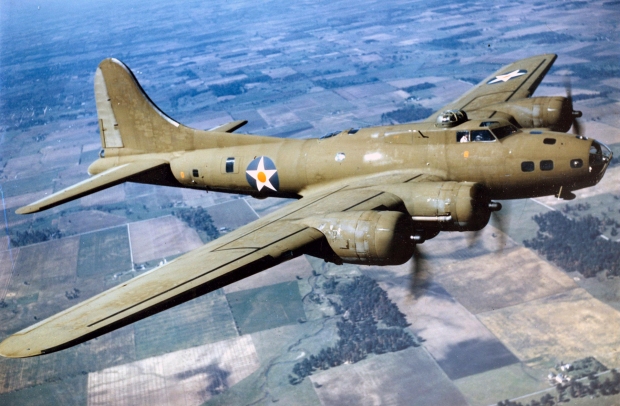

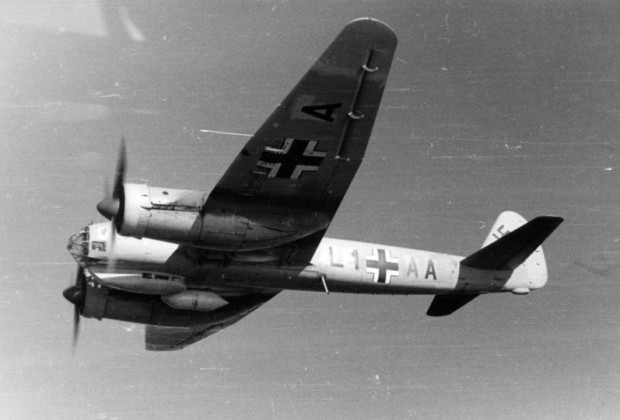


You must be logged in to post a comment.